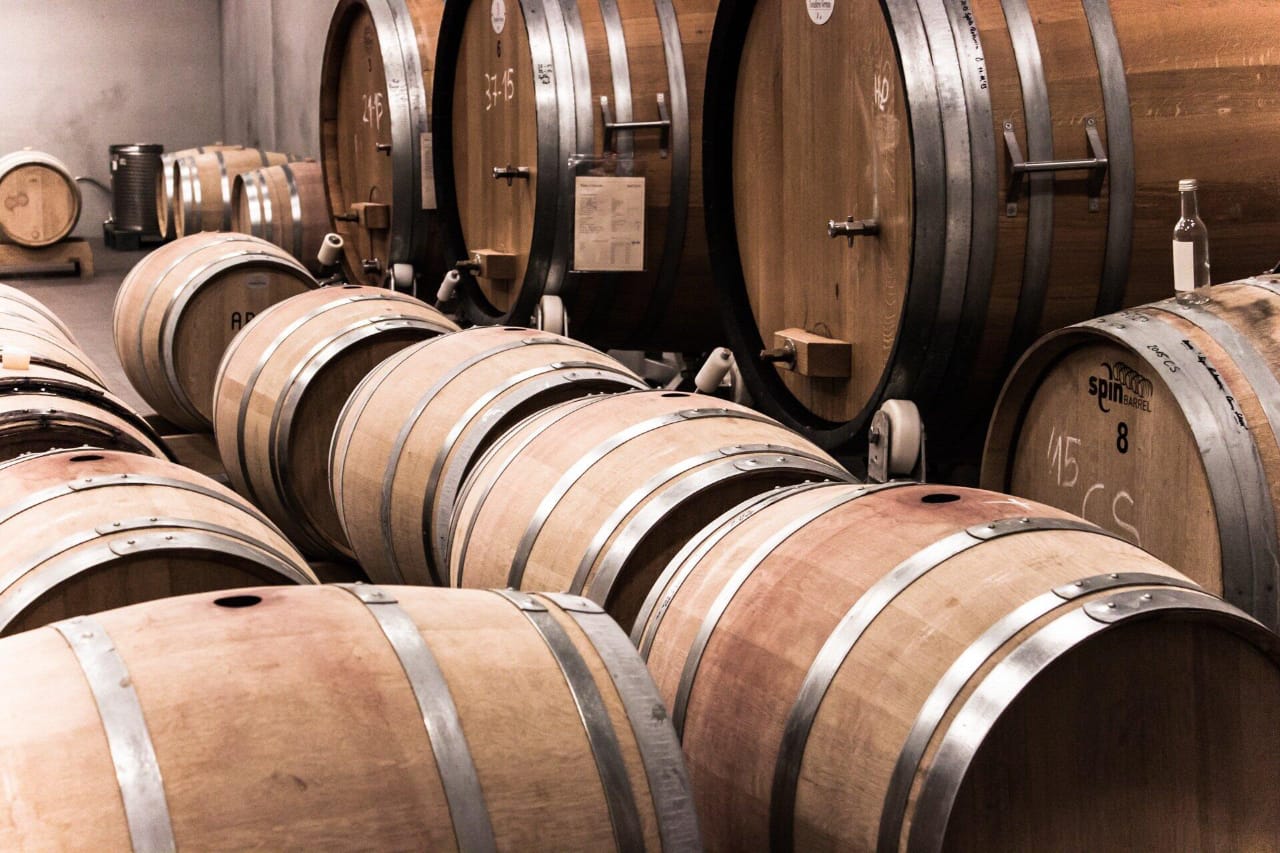Exploring Different Types of Wine Barrels
Delve into the world of wine barrels. Discover diverse types, from oak to stainless steel, and their impact on wine flavor and aging.
Did you know that the global wine industry is expected to reach an estimated $434.6 billion by 2027?
In winemaking, factors like soil pH and grape variety influence the final bottle. However, few elements are as essential and as romantic as the wine barrel. The type of barrel used can influence the flavor, aging process, and aroma of the wine.
In this article, we’ll uncork the various types of wine barrels used in winemaking. Keep reading to deepen your knowledge of this essential element in the world of wine.
Oak Barrels
Oak barrels have long been associated with prestige and tradition in winemaking. They come in various subtypes. Each imparts unique characteristics to the wine.
French Oak Barrels
Renowned for its finer grain and tighter wood, French Oak lends the wine a complex bouquet with tertiary aromas. This includes vanilla, clove, and smoke.
They use French oak staves to make the barrels, and these are dried for at least two years. The tighter wood grain also makes it possible to use a lower toast level. This means that less of the natural sugars in the wood are caramelized during the barrel-making process.
American Oak Barrels
American oak is coarser-grained than its French counterpart. It tends to impart more robust flavors like coconut, dill, and spice to the wine. It’s also less expensive due to its wider availability.
The wood is typically dried for a shorter period, resulting in a higher toast level. This produces more caramelization of the natural sugars in the wood and can contribute to a sweeter taste.
Chestnut Barrels
Chestnut barrels are a traditional choice in Italian winemaking. They tend to be larger than oak barrels and are typically used for aging wines that require less oak influence.
Chestnut has a higher tannin content compared to oak but imparts fewer aromas. This makes it suitable for delicate wines like Chianti or Brunello di Montalcino.
Stainless Steel Wine Barrels
In modern winemaking, stainless steel barrels have become popular. They provide a neutral environment for the wine to mature and are easy to clean and maintain.
Stainless steel imparts no flavor or aroma to the wine. This makes it ideal for preserving the natural characteristics of white wines like Chardonnay and Sauvignon Blanc.
These barrels are also a popular choice for sparkling wines like champagne. It helps maintain their crisp and clean taste.
Concrete Barrels
Concrete barrels have gained popularity in recent years due to their unique qualities. They are porous, allowing for micro-oxygenation that can enhance the aging process of red wines.
The shape and thickness of the concrete walls also provide a consistent temperature and humidity level. This creates a stable environment for the wine.
Concrete barrels are also more cost-effective compared to oak barrels. This makes them a sustainable option for winemakers.
Wine Barrels: The Artisans of Winemaking
Wine barrels play a significant role in the aging process and flavor profile of wines. From traditional oak to modern concrete, each type has its unique characteristics that contribute to the final product.
Knowing how different types of barrels influence the wine can help you appreciate and choose a bottle that suits your taste. So, next time you raise your glass of wine, take a moment to think about the barrel it was aged in.
Do you love reading informative content like this? If you do, keep browsing through our blog to find more content!
Also Read: Scaling Your Business: Resource Planning Software for Growth Strategies






